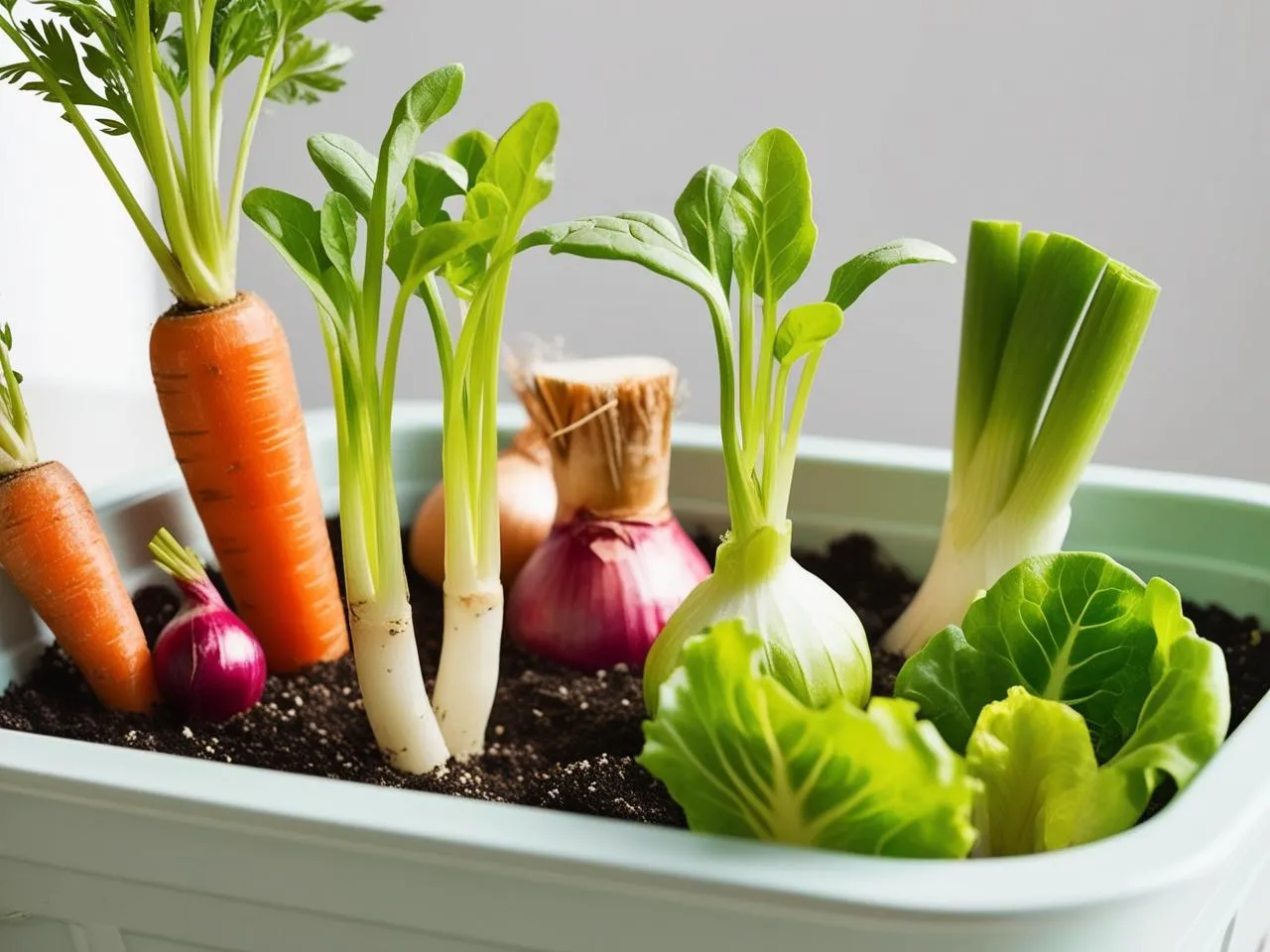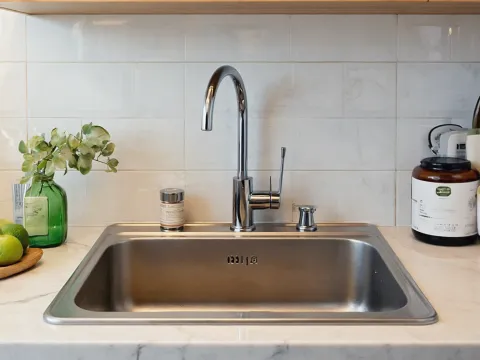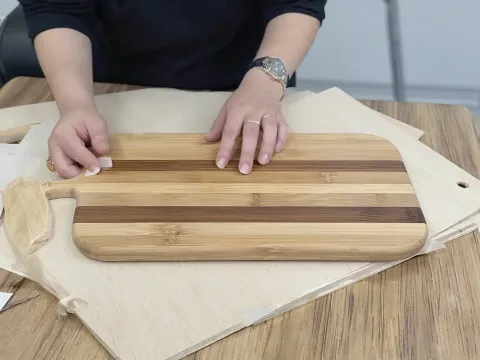Published on May 15, 2025
Last updated: May 15, 2025 · ⏱ 4 min read
Regrow Veggies from Scraps in Your Kitchen

The Growing Trend of Regrowing Veggies from Kitchen Scraps
In recent years, the practice of regrowing vegetables from kitchen scraps has surged in popularity, particularly in 2025. This trend resonates with individuals eager to save money, minimize waste, and contribute to environmental sustainability. Imagine transforming your discarded vegetable scraps into fresh produce right in your own kitchen! Not only does this practice enhance your meals, but it also fosters a sense of connection to your food and its origins.
Understanding the Benefits of Regrowing Vegetables
Regrowing vegetables offers numerous benefits that go beyond just saving a few dollars at the grocery store. First, it significantly reduces kitchen waste. Every year, millions of tons of food scraps end up in landfills, contributing to environmental pollution. By regrowing your vegetables, you can divert these scraps from the trash and give them a new life.
Moreover, regrowing vegetables fosters a sense of accomplishment. Watching your kitchen scraps sprout into new plants can be incredibly satisfying. It's a hands-on activity that can engage all family members, teaching children about responsibility and the life cycle of plants. This practice also encourages healthier eating habits, as homegrown vegetables often taste better than store-bought options. Plus, you can grow organic produce without the use of harmful pesticides or chemicals.
What Vegetables Can You Regrow?
Many vegetables can be regrown from scraps, allowing you to choose based on your preferences and culinary needs. Some of the easiest options include:
- Green Onions: Simply place the white root ends in a glass of water, ensuring the green tops are above the waterline. After a few days, they will start to regrow.
- Lettuce: Cut off the base of the lettuce head and place it in a shallow bowl of water. Change the water every couple of days, and watch new leaves sprout.
- Celery: Similar to lettuce, the base of a celery stalk can be placed in water to regrow new stalks. It’s a great way to keep your celery supply fresh.
- Herbs: Many herbs like basil, mint, and cilantro can be propagated from cuttings. Place the stems in water, and roots will begin to develop after a week.
- Potatoes: If you have a potato that has started to sprout, you can plant it directly in soil. Ensure it has at least one eye, and soon you’ll have new potatoes!
Essential Tools for Regrowing Vegetables
Getting started with regrowing vegetables from scraps is simple and requires minimal tools. Here’s a list of essential items you’ll need:
- Containers: Use clear glasses, jars, or bowls for water propagation. For soil-based regrowing, choose pots with drainage holes to prevent waterlogging.
- Potting Soil: If you plan to regrow vegetables in soil, invest in good-quality potting mix that provides the necessary nutrients.
- Water: Fresh water is crucial for successful regrowth, especially for those vegetables propagated in water.
- Sunlight: A sunny windowsill or a bright spot in your home will help your veggies thrive. Most vegetables need at least six hours of sunlight daily.
Step-by-Step Guide on How to Regrow Vegetables
Now that you understand the benefits and have gathered your tools, here’s a detailed guide on how to regrow your vegetables:
Step 1: Choose Your Scraps
Select the vegetable scraps you want to regrow. Research the best practices for each type, as the process can vary slightly. For example, green onions are best regrown in water, while potatoes require soil.
Step 2: Prepare Your Scraps
For water propagation, trim the base of the vegetable, ensuring you leave enough of the root intact. For soil propagation, ensure the scraps are healthy and free of rot.
Step 3: Place in Water or Soil
If using water, place the scraps in a container, ensuring the cut ends are submerged. For soil, plant the scraps in a pot filled with potting mix, burying them just enough to support growth without suffocating them.
Step 4: Provide Optimal Conditions
Position your containers in a spot that receives adequate sunlight. Ensure water levels are maintained for those in water, and keep the soil moist but not soggy for soil-based regrowth.
Step 5: Monitor Growth
Watch your vegetables closely. Depending on the type, you may see new growth within a few days or weeks. Trim the new greens as needed to encourage further growth.
Creative Ways to Use Your Regrown Vegetables
Once your vegetables begin to flourish, it’s time to incorporate them into your meals! Here are some creative ways to use your homegrown produce:
- Green Onions: Use them in stir-fries, salads, or as a garnish for soups.
- Lettuce: Create fresh salads or use the leaves as a low-carb wrap alternative for sandwiches and tacos.
- Celery: Chop it into soups, stews, or serve it with hummus for a healthy snack.
- Carrot Tops: Blend them into a vibrant pesto or add to smoothies for a nutrient boost.
- Basil and Other Herbs: Use in sauces, marinades, or infuse into oils for cooking.
Regrowing vegetables not only saves money and reduces waste, but it also adds a fun and rewarding element to your cooking. With a little creativity, your kitchen scraps can turn into flavorful, homegrown ingredients for everyday meals.
🧠 Frequently Asked Questions

Written by Soufyan from GrowToGrub
Soufyan is a gardening educator and founder of GrowToGrub. Through simple guides, easy recipes, and practical life hacks, he helps everyday growers turn small spaces into sustainable, delicious, and chemical-free living.


